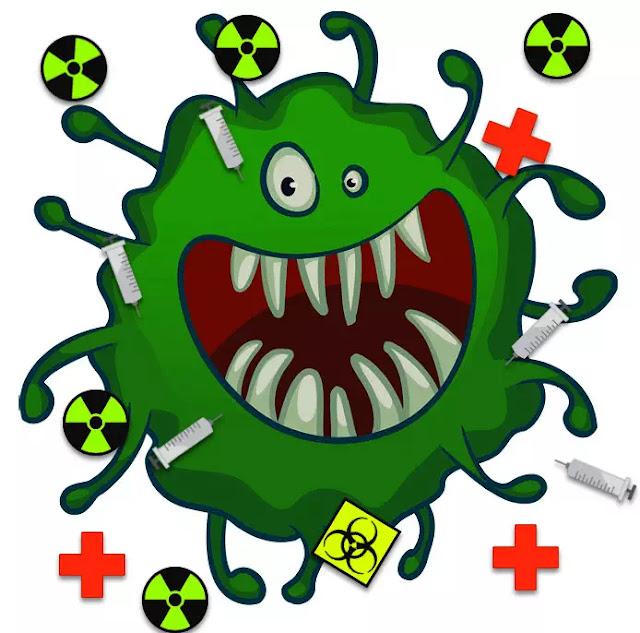Allergies occur when the body overreacts to allergens or
'triggers' which are usually not dangerous for most people. Examples of
allergies include fever, asthma, eczema, hives and food allergies.
Estimates
show that about one person in four is allergic to something and about half of
all sufferers are allergic to children.
Allergy Symptoms
Symptoms depend on allergies, but may include:
- sneezing
- runny nose
- Red, runny and itchy eyes
- wheezing
- cough
- respiratory problems
- headache symptoms
- skin rashes
- stomach ache symptoms
- Vomiting and diarrhea.
Don't diagnose yourself. The symptoms and signs characteristics
of allergies are usually common to many other medical conditions. It is
important to see your professional doctor for diagnosis and treatment.
General allergens
Substances in the environment that can causes allergic
reactions in susceptible people are called 'allergens'. There are many
different allergens, but they all share one thing in common protein. Some
allergens do not contain protein to begin with, but bind with protein once in
the body to cause an allergic reaction.
Common allergens include:
- Foods, such as crustaceans, eggs, fish, milk, peanuts, tree nuts (for example, almonds, cashews, pecans and walnuts), sesame and soy products
- Plants, pollen from grass and plants
- Drugs from several prescription drugs (such as penicillin), over-the-counter medicines (such as aspirin) and herbal preparations
- Insects causes, such as dust mites and poisons from bees, lice and wasps
- Mushrooms causes, such as mushrooms and mold spores
- Animal fur, such as animal fur and skin flakes from domestic pets such as cats and dogs
- Chemicals causes - including industrial and household chemicals and chemical products such as latex rubber.
Immune system reaction
Allergies are the result of misidentification. Allergens
enter the body and are incorrectly identified by the immune system as a
dangerous substance. In response, the immune system makes antibodies to attack
allergens. This is a specific antibody class IgE (immunoglobulin E).
When allergens are found, IgE antibodies trigger a cascade
of immune system reactions, including the release of chemicals known as mast
cell chemicals. This is a substance that the body normally uses to destroy
micro-organisms. The most common of these is histamine. In small amounts,
histamine causes itching and redness of the local area. In large numbers,
nearby blood vessels become dilated and the area swells with fluid
accumulation.
Allergies occur when the body overreacts to allergens or
'triggers' which are usually not dangerous for most people. The tendency of the immune system to overreact to harmful
substances is considered genetic. The term "atopy" describes this
genetic predisposition. Doctors describe someone who has an allergy as
"atopic", such people usually have increased levels of IgE in their
blood.

